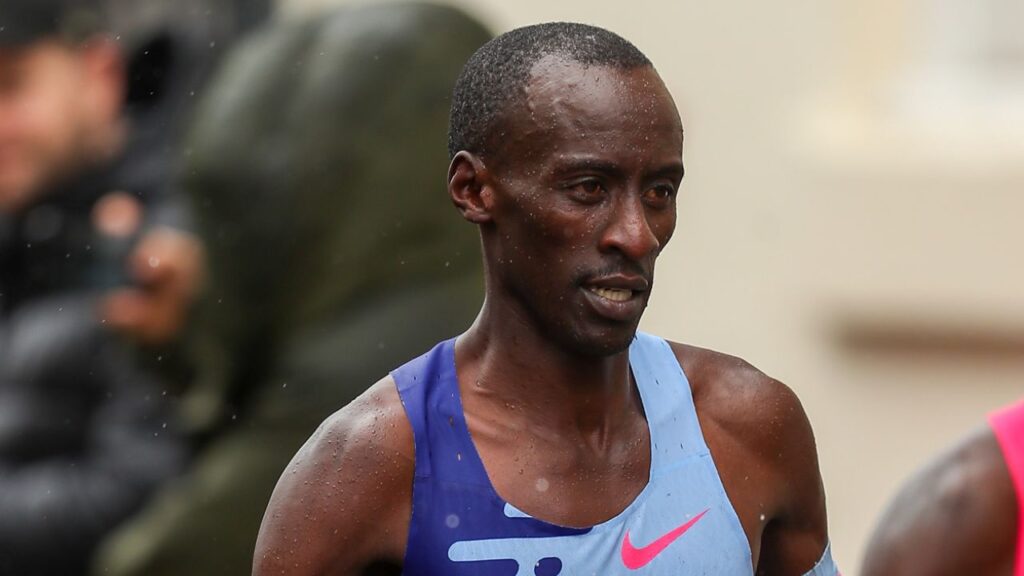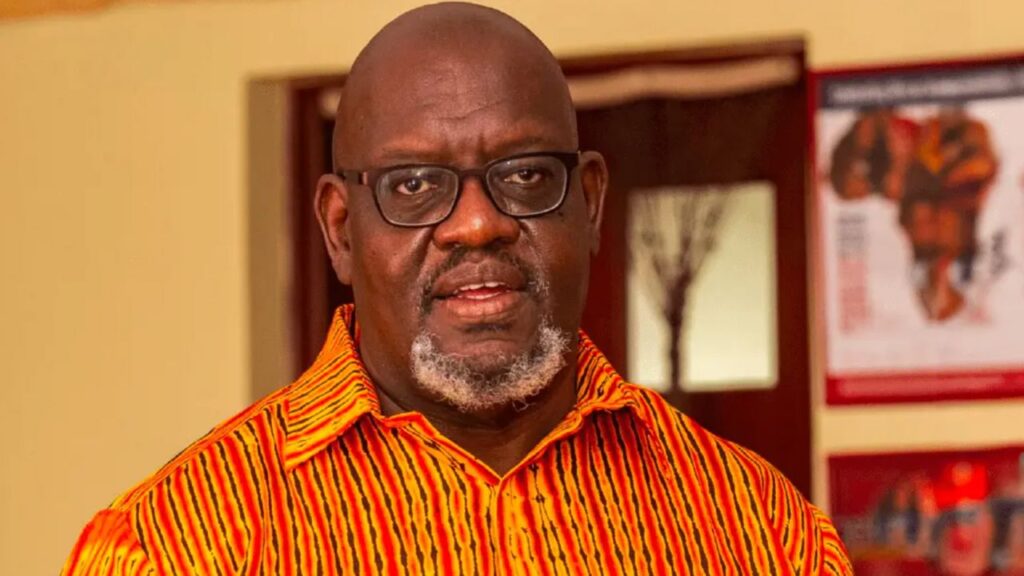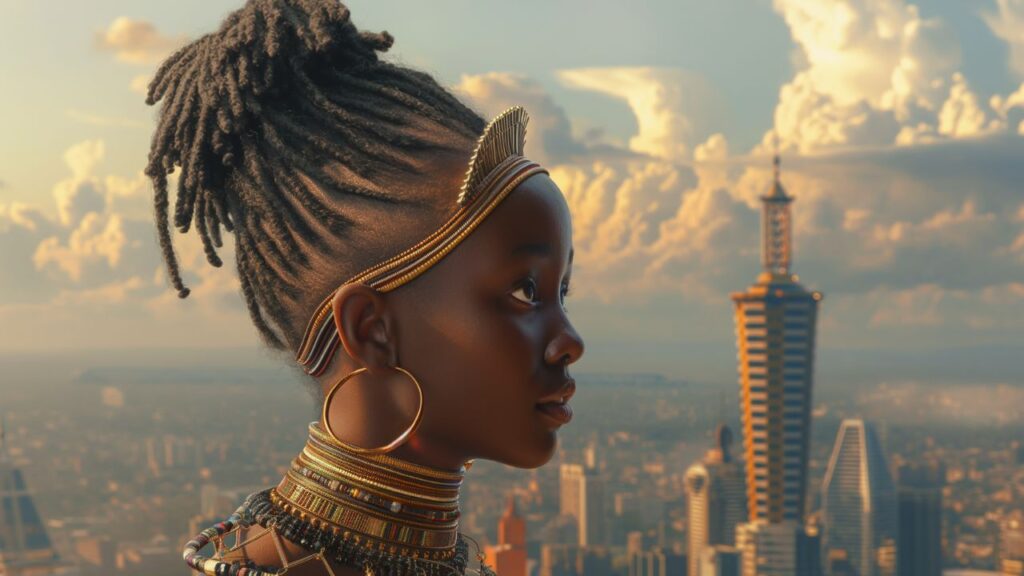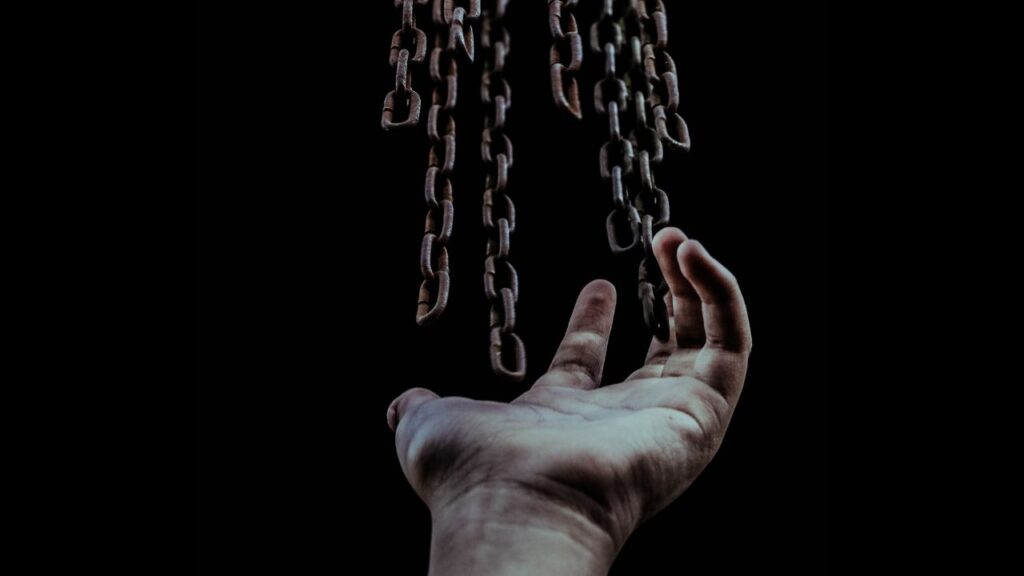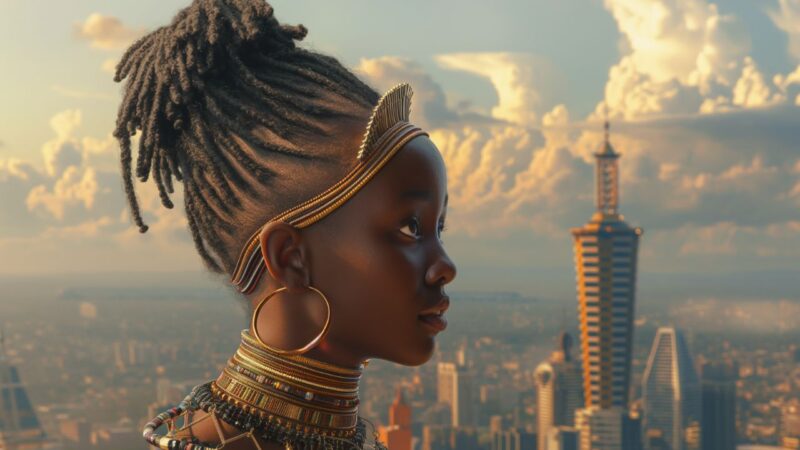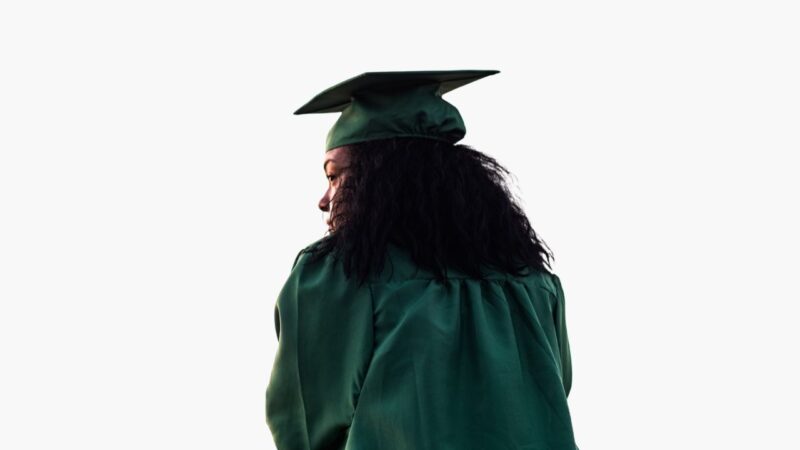In the year 2003, when I was a second-year student at Kenyatta University, news of Dr. Odhiambo Mbai’s assassination broke. It was a time in Kenya when political tensions around constitutional amendments were rising like dark ominous clouds, engulfing the national psyche.
Dr. Mbai was the opposition’s lead in the negotiations that were taking place around the new constitution. It was a quiet day at Kenyatta University before a loud war cry tore through the morning air. Someone must have heard from the news on the radio or watched breaking news on television in the common room that Dr. Mbai had been murdered.
Upon hearing the news, we ran out of our lecture halls onto Thika Road, blocked it, and exploded our anger on innocent unsuspecting motorists. Thika Road was our coliseum, a place where we found some relief from the bloody plays we had with Kenya’s riot police. We needed to be heard by our government, and we were following a script that the government had taught us. To survive, one needed to be faster, more ruthless and more efficient than a government that took pride in its monopoly of corruption and brutality.
In the next few days, Thika road would be full of all sorts of debris, blood and tear gas smoke. We wanted to know why Dr. Mbai was killed, and who was responsible. We would have not protested, but Kenya being a place where justice is as scarce as life-saving medicines in public hospitals, we needed to register our anger somehow.
Most of us did not care much about the details of the constitution. It sounded like a bulky document, too complex and beyond the comprehension of the common Kenyan. It was, like any political tussle, defining the fault lines along tribal affiliations. My major attraction to it was that Raila Odinga and many other progressives were behind it. And that Dr. Mbai had paid with his life for it. And that two of my comrades, one from the same hostel as me, had been shot during these riots. In the midst of all the tear gas and gunshots, I knew I was living some realities that I had only watched on television.
In the following weeks, we succeeded in forcing the university to provide us transport to Mbai’s funeral. At the funeral, we were met by multitudes of people mourning in confusion, anger and loss. Many had walked on foot from afar, in the hot tropical sun, to join in the mourning. I am not sure if these personal sacrifices were inspired by a strong sense of connectedness to the struggle or some form of communal kinship.
At the funeral, I ran into my younger brother, who had traveled from Moi University. There was something eerily familiar at this funeral. I felt like I was walking on a path I was aware of, one that my grandparents and parents had walked before. It was one darkened with an engulfing sense of loss and helplessness of an entire community.
I went home later that day and I sought out my grandfather. As an ardent supporter of multi-party democracy, and by extension Jaramogi Odinga and then Raila Odinga, I wanted to hear his thoughts. I was also seeking comfort in his eyes that had experienced similar pain. We would take turns swimming in the sea of communal grief. He counted on his fingers and toes the numbers of young, industrious and pioneering men from the Luo community who had been assassinated since the community migrated with Odinga into the opposition. This decision would start a quest for power and democracy, a quest that would turn the community into a hunting ground for a bloodthirsty government.
***
Prior to Mbai’s death, the concept of being a Luo in Kenya, though occupying most of my early childhood, was abstract. I knew we had issues with the government and we were paying a steep communal price for it. My young mind could glean from the heated political discussions in our household that Luos were engaged in perpetual struggle with powers that were perceived to be the Government of Kenya. I was also aware that prominent members of the Luo community were under active persecution.
In this environment, it was a burdensome task reconciling my national identity with my ethnic identity. Tension was always in the air, in the daily news bulletins, in the local dailies. It was dangling precariously in our household too, ready to drop at the dinner table and explode into emotional political diatribe. I could feel the tension in my father’s vociferous lamentations about the systematic exclusion of Luos from the national government. The people in the government were eating and we were poor. Our time would come. Before that, we needed to consolidate all efforts behind Jaramogi Oginga Odinga, and Raila Odinga thereafter. The two were the only anointed vehicles for our economic and political emancipation.
I knew that efforts at consolidating an entire community were met by ambivalence in some sections. The debate about opposition politics being a Luo agenda or the Odinga family’s ambition was a topic that was approached with utmost care, lest one slide and fall into the unwanted pile of traitors. This was a no-go zone unless one wanted to pry open community scars, like Tom Mboya’s assassination. This debate also always ended with someone yelling the word traitor at another person. The same word, traitor, was yelled in our household whenever a Luo accepted a cabinet appointment from President Daniel arap Moi during the infamous one o’clock news bulletin on KBC.
I knew the region we occupied, the vast Luo Nyanza that straddles the shores of Lake Victoria to the sugarcane belt, was deliberately marginalised. The roads were broken, the hospitals bearing the greatest weight of malaria and HIV were subjects of justification by NGOs for grants to save the people. Kisumu residents, seated on the shores of an expansive lake, were thirsty for liberation and for clean water to drink.
One of these traitors was Ojwang’ Kombudo. When Kombudo expressed support for Moi – an action that required public prostration with effusive praises lathering on Moi – he became a traitor. His support for Moi introduced the community to the good life that came with support for Moi, KANU and the government – his constituents in Nyakach enjoyed a short period of piped water and electricity. Like a pimp, Moi had his hand firmly on the Kenyan cookie jar, opening it to dish goodies to his cronies, with the most subservient getting the most, including opportunities to loot public funds.
Kombudo did not last long. In 1992, a wave of opposition gripped Luoland to the last man. Denis Akumu from Ford-Kenya replaced him. President Moi got into a fit of rage, sent government people in uniform to remove water pipes, including the ones that were at my grandfather’s gate. Electricity poles were not spared either. Once again, like a political pimp, Moi and his government were reminding the Luo community of the costs of supporting opposition. The remnants of broken pipes and vandalised water points, including one just near my grandfather’s homestead, serve as a reminder of the costs of voting against the government of the day.
In addition to marginalisation, there were deaths too. The first one I learned of was that of Argwings Kodhek. (I had an uncle named after him though I did not know the weight of memory that the name carried.) I came to learn of its significance listening to the songs of Gabriel Omolo, a popular Luo musician. In a deep sonorous voice, with each beat punctuated with pain, Gabriel mourned Kodhek. As if his lyrics could bring Kodhek to life, Gabriel pleaded with Kodhek’s killers to let Kodhek enjoy the fruits of his toil. It did not help that my grandfather played this song every other weekend before gazing deeply into the landscape of Nyakach – a landscape at the mercy of soil erosion, its nutrients washing away helplessly, just like the Luo community that was getting wiped out by the ferocious forces of multiparty politics and repression.
This would all end. There was a religious conviction that all these sorrows would be magically washed away when one of our own got into power. It was, therefore, imperative that the community united to the last man in support of the Odingas.
The communal wound from Argwing Kodhek’s mysterious death had not yet healed when six months later, Thomas Joseph Mboya fell to an assassin’s bullet in Nairobi. Mboya’s star shone far beyond Kenya. His wide and deep influence was evident in his friendship with influential Americans, such as John F. Kennedy and Martin Luther King Jr. He was also the first Kenyan to grace the cover of Time magazine in 1960. His assassination, therefore, not only sent shockwaves around the country, but internationally as well.
Within Kenya, Mboya’s assassination sent a chilling reminder to young ambitious people that no one would be spared when Jomo Kenyatta’s presidency was threatened. My grandfather bemoaned how Mboya’s rich connections, as well as his prominence in the government and abroad, could not save him. Mboya’s death continues to be one of the biggest “what if” moments for the Luo community. What if he had lived? What if he had never gone to that pharmacy on Government Road (now known as Moi Avenue)? What if he had joined the opposition with Odinga? The threat was real, whether in government or in opposition. It did not matter where one’s star shone. It only mattered that its shine did not threaten the status quo.
The Luo community persisted after these assassinations. There was a shared belief that Kenya needed change in leadership and assassinations would not break their zeal. The differences between Jaramogi and Jomo Kenyatta continued to fester like a cancerous wound. Four months after the assassination of Tom Mboya, Jomo Kenyatta made a two-day historic official tour of the region, ostensibly to familiarise himself with development projects there. The Luo community, still mourning Mboya, rebelled. Kenyatta’s guards reacted violently, shooting dead 11 protestors.
The extent of communal loss between January 1969, when Argwings died, to Mboya’s assassination in July of the same year and the Kisumu massacre three months later pointed to a systematic attempt at violent subjugation of the Luo community. The occurrences of those days are passed from generation to generation as a slow and painful narration of how the government killed Mboya, then came to our town and killed more when all we needed was to be left alone.
This year marks fifty years since those fateful events. The people who lived through that period, like my grandfather, have very hardened souls and a very strong suspicion of the government. It does not help that during each election cycle, regions occupied by the Luo community become over-policed and over-militarised and young people of the community become fair game when elections results are disputed.
***
I was only six months old when the coup failed. A good number of the soldiers involved were from Nyakach, my maternal grandfather’s home. And their misguided ambition had thrown the community into the dark underbelly of Kenyan politics.
As expected, the failed August 1982 coup entrenched government paranoia of young Luos. President Moi’s government essentially implemented systematic exclusion of young people from Luoland and other communities perceived to be sympathetic to the opposition from recruitment into the police and armed forces. This was a big blow to the quotidian life of the community. In a struggling economy with a rapidly growing population, the armed forces and the police provided sources of income and employment to healthy young people. By blacklisting young men and women from the Luo community, the government imposed a form of official economic depression on this community as an additional tool aimed at forcing them into political subjugation.
There were other deaths of note at the time when Raila was placed in detention after the attempted coup. The most prominent of these in the mid-1980s was that of the Gem MP, Horace Ongili. The immediate former area MP, Otieno Ambala, one of the leading suspects, was arrested and charged with the murder along with six other suspects. However, after a few months in jail, he collapsed and died of a heart attack. There was a feeling within the community and across the country that he too was killed to shield the real killers.
Nonetheless, this tragedy robbed the Luo community of two prominent leaders within a span of six months. This was a scary déjà vu moment, since Kodhek and Mboya had been assassinated approximately six months apart. The community felt that the government was eliminating prominent Luo males or imprisoning them in order to subdue the community’s will to fight. The government seemed to be reading from the same script that the colonialists used against the Kikuyu and other communities fighting for independence in Kenya.
In the early 1990s, as the opposition was gaining a very strong foothold in western Kenya, Dr. Robert Ouko’s star started rising within President Moi’s government. Dr. Ouko’s presence in the government meant that Moi had started looking at Luos in a slightly better light. He began visiting schools and dishing money in big brown envelopes during harambees and to delegations that visited him at State House. The benefits of “having our own” closer to the presidency was becoming evident.
This did not last long. In February 1990, Dr. Ouko was abducted from his home and killed in one of the most gruesome cases Kenya has ever witnessed. The Luo community’s grief was palpable. I was only eight years old and I remember violent riots in the streets of Kisumu. I remember my dad pacing, gesturing and talking with my uncle, who was a university student then, late into the night, angry at something. All universities were closed as rioting students burned their grief and rage in bonfires of lament. When Moi decided that he would forcefully attend Ouko’s funeral accompanied by hundreds of armed riot police officers, university students chanted to Moi, “You killed him, you burnt him, now eat him!” Another prominent Luo, Hezekiah Oyugi, who was the Minister for Internal Security, died in mysterious circumstances two years later, in June 1992. Ouko and Oyugi, like Mboya, were not spared, despite the fact that they were staunch supporters of the government.
In 2007, I directly witnessed loss in the form of post-election violence resulting from disputed elections. My job as a public health researcher in Kisumu exposed me to untold community suffering. In the free medical camps that had been organised by local NGOs, men and women, thousands in numbers, would show up with bodies broken and maimed by bullets. It was like a scene from what I imagined a war-torn country to be. I did not talk about these horrors with my grandfather because they overwhelmed me. They were close, inescapable and frightening.
During the 2017 elections, not much had changed. The violence continued, with over 300 people, even young children, dying from police violence. Several hundreds were shot and maimed too.
A couple of weeks before the August 2017 elections, Chris Msando, an ICT Director at Kenya’s election commission, was abducted, tortured and killed before his body was dumped in a forest. Again, there was another chilling reminder that there was a price to pay by anyone who was perceived to be an impediment to the status quo. This was almost fifty years after Kodhek and Mboya’s assassinations, and targeted killings have not stopped.
***
One of my early childhood memories is when Raila Odinga was released from detention in 1988. As a child, I was fascinated by my grandfather’s surprise that Raila did not die in prison. Most people, having known how ruthless Moi’s regime was, had expected Raila not to survive jail. I could sense massive euphoric relief when Raila walked out of detention alive. My grandfather regaled me with tales of how Raila’s magical powers saved him. How he could turn into a fly on a wall in State House and listen to plans to assassinate him. They said he would then fly back to prison and surprise his killers with his knowledge of their plans beforehand, throwing them into total confusion.
Then there was the swearing-in ceremony of 2018, and the lack of charges against Raila when others like Miguna Miguna continue to be forcefully exiled. Was this also due to Raila’s magical powers? Or was it a result of a savvy politician levering fanatical support from the community as insurance and a bargaining chip for personal political ambitions? This is where the lines get blurred. When we cannot clearly delineate the boundaries of communal ambitions and individual ambitions, it is hard to tell what we are giving our lives for.
And at the end of the road, when we weigh all the losses – both physical and emotional – and place them on a scale, and then measure them against the recent handshake and the public display of brotherly love between Raila and Uhuru, do we see a perfect balance? No, there is no balance. And there will be no restitution. Not even an apology or acceptance of blame for all these deaths.
The weight of communal loss is always borne privately, silently and sometimes in shame by the poor. There are no monuments that can adequately capture all the losses the Luo community have experienced in the last fifty years.
And what if the community would have known that the path to this political and economic utopia could be forged by a handshake? Would the community have protected their youth better? Would they have stopped them from the suicidal choices of fighting with memory, anger and stones on sisal slings? Standing bare-chested before barrels of Kalashnikovs held by government-sponsored killers?
But then again, what options did we as a community have? At the end of the day, we are all Kenyans, burdened by our peculiarities, such as the ability to accept anything and move on to the next tragedy.
That is what happened after the handshake – everyone put a bandage on old and fresh wounds. The magical mantra “accept and move on” is being repeated again and again until everything looks like a distant memory.
But I can’t stop knowing what I know.


